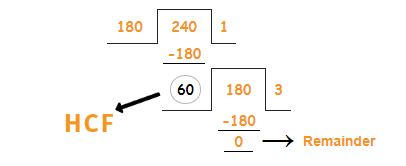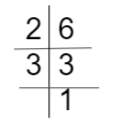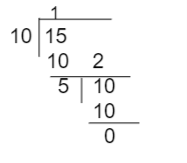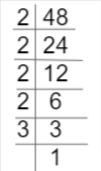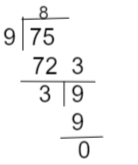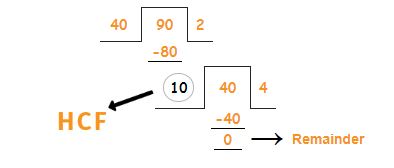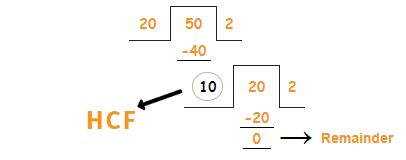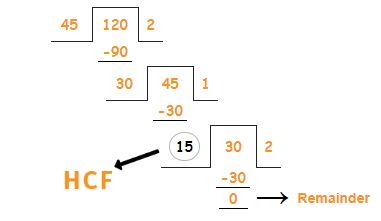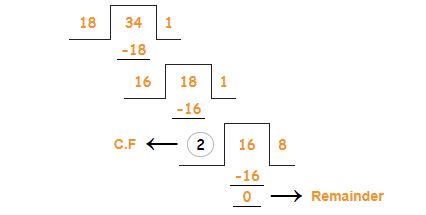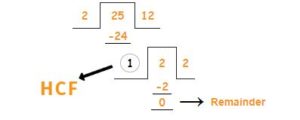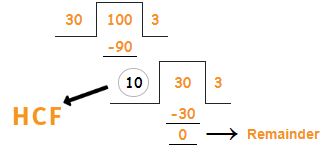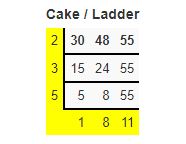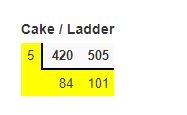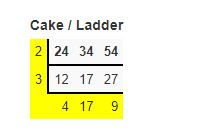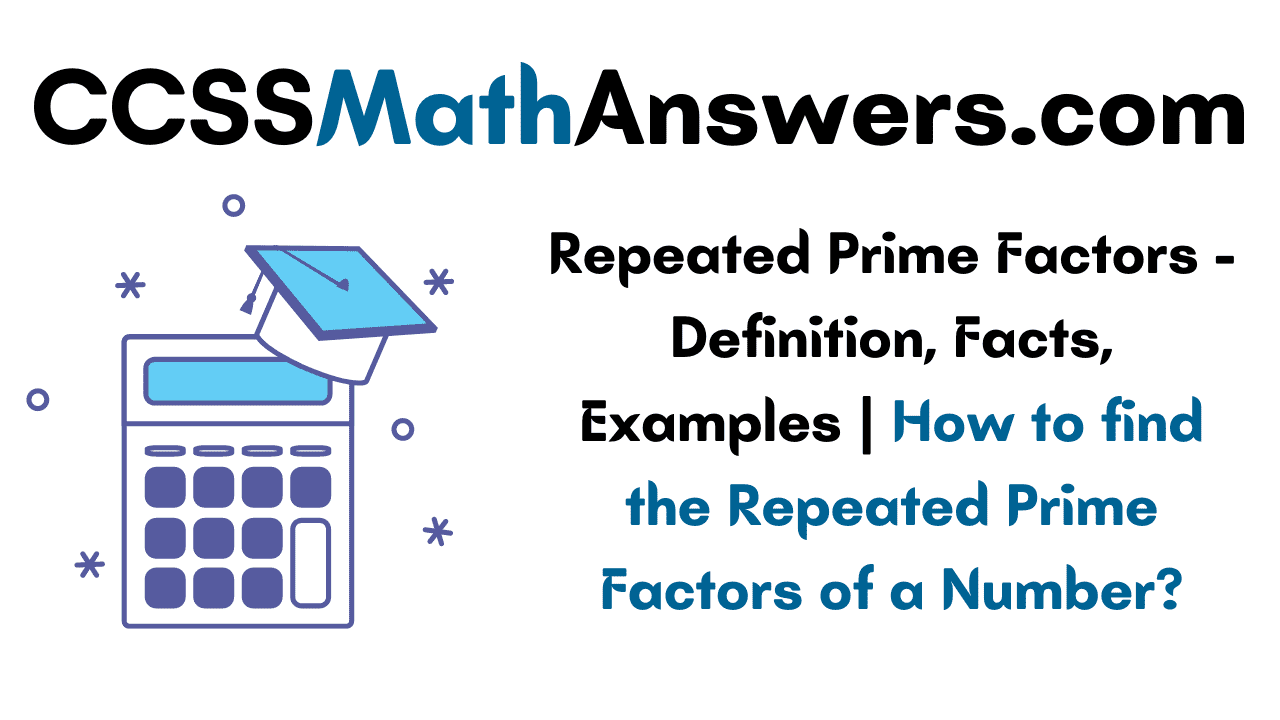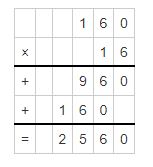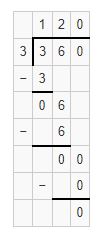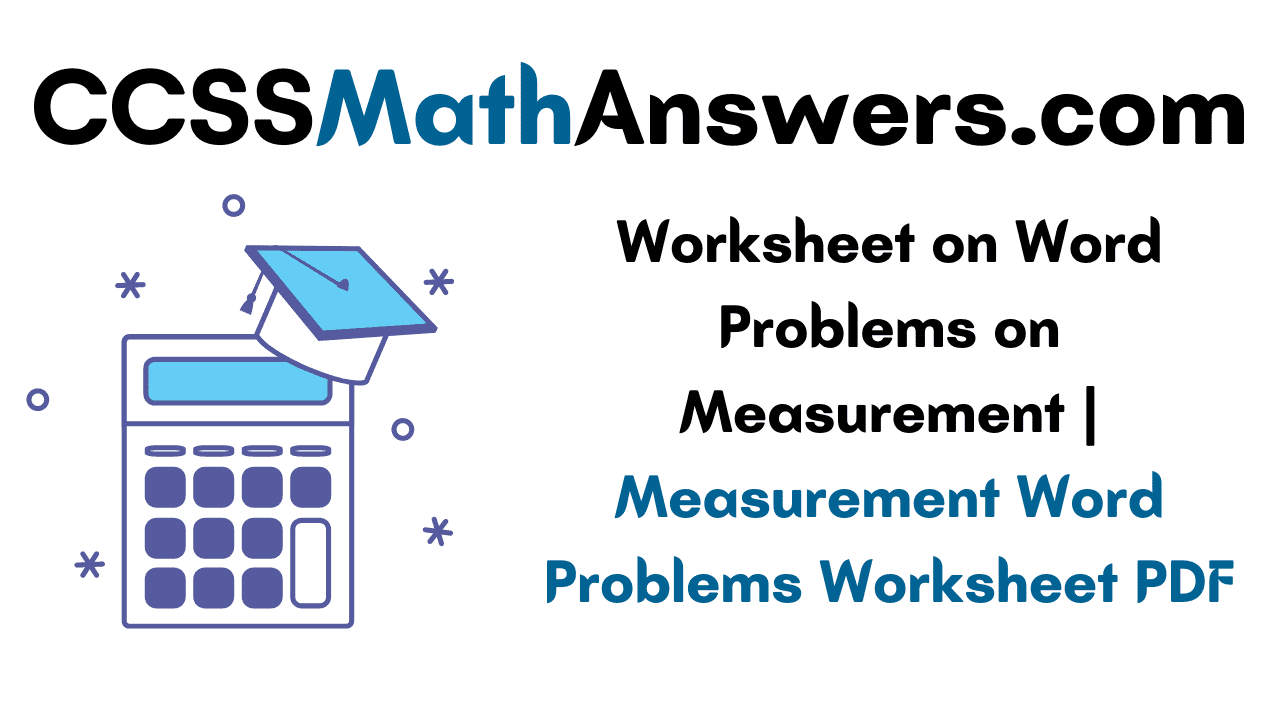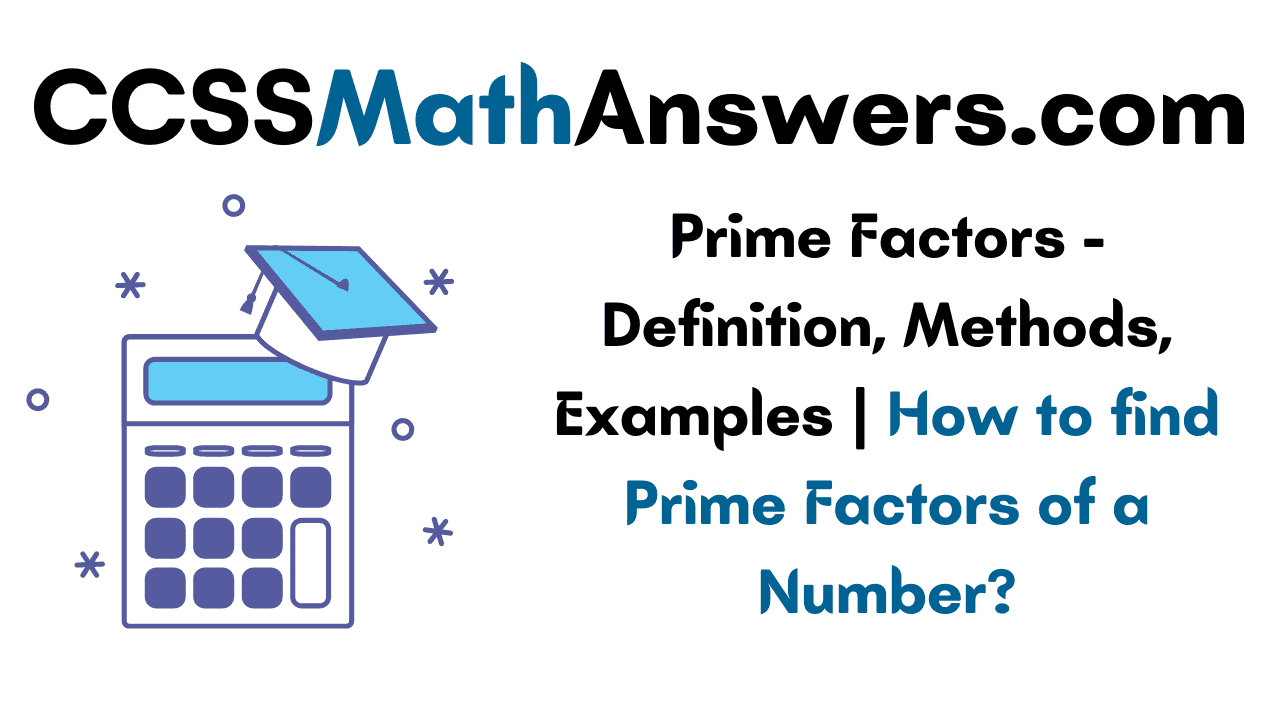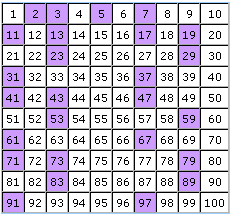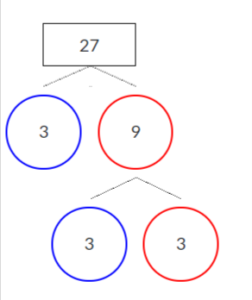Time Speed and Distance is a popular concept asked in most competitive exams. The concept remains the same and the level of difficulty increases with passing years. Students who need any assistance on the concept of Time Sped and Distance will find it completely handy. We will explain all about the Speed Definition, Speed Time Distance Formula, Tricks and Tips to keep in mind while solving the Problems on Calculating Speed, Procedure on How to Calculate Speed when Time and Distance are given, etc.
Read More:
What is Speed?
Speed tells us how fast an object is moving or traveling. One can find the average speed easily by knowing the distance traveled in a particular amount of time. Units of Speed are given by m/sec, km/hr It is derived from the units of distance(m, km) and time(sec, hr).
Distance Speed Time Formula
The mathematical formula for time speed and distance is given by Speed = Distance/Time
You can rearrange the above formula to find the distance, time whenever you need them. To find the unknown quantity you need to know about the other two values.
How to find Speed when Time, Distance are given?
Go through the simple steps listed below to calculate speed when both time and distance are given. They are in the below way
- Firstly, find out the known parameters in the question.
- Later, check for the value to be determined among speeds such as average speed, relative speed, etc.
- Then, use the relevant formula of finding the speed by substituting the known input values.
- Simplify the equation further and find the speed value in no time.
Practice Math Online with Unlimited Questions provided in 5th Grade Math Activity Sheets and become a blossoming mathematician in no time.
Speed, Distance Time Questions
Example 1.
The distance between the two stations is 600 km. A train takes 4 hours to cover the distance. Find the speed of the train in m/sec?
Solution:
Given,
The distance between the two stations is= 600 km
Time taken by train=4 hours
Speed of the train=distance/time=600/4=150 km/hr
We have to convert km/hr to m/sec by multiplying 5/18 with 150.
=150 × 5/18=41.66 m/sec.
Hence, the speed of the train is 41.66 m/sec.
Example 2.
A car travels at a distance of 220 km in 4 hours. Find the speed of the car?
Solution:
Given,
Car travel at a distance=220 km
Time taken to travel the distance=4 hours
Speed of the car=distance/time=220 km/4=55 km/hr
Hence, the speed of the car=55 km/hr
Example 3.
The distance traveled by train is 580 km in 5 hours 30 minutes. Find its speed?
Solution:
The distance traveled by train is= 580 km
Time taken to travel the distance =5 hours 30 minutes=5.5 hours
speed of the train=580 km/5.5 hr
=105.45 km/hr
Hence, the speed of the train is 105.45 km/hr.
Example 4.
Ranjith drives the first 132 km in 2 hours and the next 200 km in 4 hours. What is the average speed for the entire journey?
Solution:
Total time taken=2+4=6
Total distance=132+200=332 km
Average speed=Total distance/total time
=332/6=55.33 km/hr
Hence, the average speed is 55.33 km/hr.
Example 5.
Surendra rides a bike from the office to yoga class at a speed of 40 km per hour and on a return journey at a speed of 50 km per hour. What is Surendra’s average speed of travel?
Solution:
Let the distance between office and yoga class be x.
Time is taken for riding a bike from office to yoga class=x/40
Time taken for the return journey=x/50
Time taken for both the journeys=x/40+x/50
=5X+4X/200
=9x/200
=9x/200 hours
Total distance traveled both ways=2x
Average speed=2x/9x/200 hours
=2x .200/9x
=44.44 km per hour
Hence, the average speed of travel is 44.44 km per hour.
Example 6.
Ajay travels 20 km in 80 minutes. Find the speed?
Solution:
Ajay travel the distance=20 km
time=80 minutes=80/60 hours
We have to find the speed
speed=distance/time
s=20/80/60
s=20 ×60/80=15
Therefore, the cyclist would travel at a speed of 15 km.
Example 7.
A man covers a certain distance on a scooter. Had he moved 4 km/hr faster he would have taken 40 minutes less. If he had moved 3 km/hr slower, he would have taken 30 minutes more. Find the original speed?
Solution:
Speed s1=4 km/hr
Speed s2=3 km/hr
s=2 ×(s1×s2)/s1-s2
=2 × (4×3)/4-3
=2 ×(12)/1
=24 km/hr
Hence, the original speed is 24 km/hr.
Example 8.
The car drives at the speed of 65 km/hr locate a bus 50 meters ahead of him. After 20 seconds, the bus is 50 meters behind. Find the speed of the bus?
Solution:
Let the speed of the bus=X km/hr
Now, in 20 seconds, the car covers the relative distance=(60+40)=100 m
The relative speed of the car= 100/20=5 m/sec
=5 × 18/5
=18 km/hr
Therefore 65-x=18
x= 65-18
=47 km/hr
Hence, the Speed of the bus=47 km/hr.
Example 9.
Sudheer can row a boat in still water at 20 km per hour. He decides to go boating in a river. To row upstream, he takes 4 hours, and to row downstream, he takes 1 ½ hours. Find the Speed of the river?
Solution:
Suppose the Speed of the river is ‘y’ km per hour.
While rowing upstream he takes 4 hrs and while rowing downstream he takes 1 ½ hour.
As the Distance covered is constant the ratio of the net Speeds of the boat while going upstream and downstream will be the inverse of the ratio of the Time taken.
Ratio of Time taken (downstream: upstream) = 1.5/4 =3/8
So the ratio of Speed of boat (downstream: upstream) = 8/3
Speed downstream: 10 + y Speed upstream : 10 – y
(10+y)/((10-y) ) = 8/3
30+3y=80-8y. Thus, 11y=50 & Y=50/11
Hence, theSpeed of the river = 50/11 kmph
Example 10.
Using the speed formula calculate the speed of a person in kilometers per hour if the distance he travels is 30 kilometers in 3 hours?
Solution:
The formula for speed is [Speed = Distance ÷ Time]
Distance = 30 kilometers
Time = 3 hours
Speed = (30 ÷ 3) km/hr
= 10 kilometers per hour
Hence, the speed of a person is 10 kilometers per hour.
Example 11.
A car takes 3 hours to cover a distance if it travels at a speed of 30 mph. What should be its speed to cover the same distance in 1.5 hours?
Solution:
Given,
time=3 hours
Speed=30 mph
Distance covered = 3*30 = 90 miles
The speed required to cover the same distance in 1.5 hours = 90/1.5 = 60 mph
Example 12.
A train leaves from a station and moves at a certain speed. After 1 hour, another train leaves from the same station and moves in the same direction at a speed of 90 mph. If it catches up with the first train in 2 hours, what is the speed of the first train?
Solution:
Let the speed of the first train be ‘s’.
Distance covered by the first train in (1+2) hours = Distance covered by the second train in 2 hours
Therefore, 3s = 90*2
3s=180
s=180/3=60
Hence, the speed of the first train is 60 mph.
Example 13.
A boat covers a certain distance in 3 hours, while it comes back in 4 hours. If the speed of the stream is 5 km per hour, what is the boat’s speed in still water?
Solution:
Let the boat’s speed in still water be x mph.
Upstream speed = x- 5 mph
Downstream speed = x+5 mph
Since distance covered is the same in both ways
4 (x-5) = 3 (x+5)
4x – 20 = 3x+15
x= 35 mph
Hence, the boat speed in still water is 35 mph.
Example 14.
Sanjeev takes 1.25 hours to drive from home to school. The distance is 14 km from home to school. What is Sanjeev’s average speed on her drive to school?
Solution:
Given,
Sanjeev takes time to drive from home to school=1.25 hours
The distance from home to school is=14 km
Speed=?
We know that speed=distance/time
speed=14/1.25=11.2 km/hr
Hence, the speed is 11.2 km/hr.


